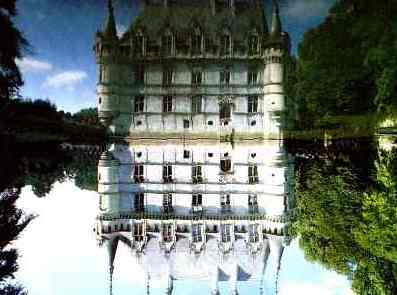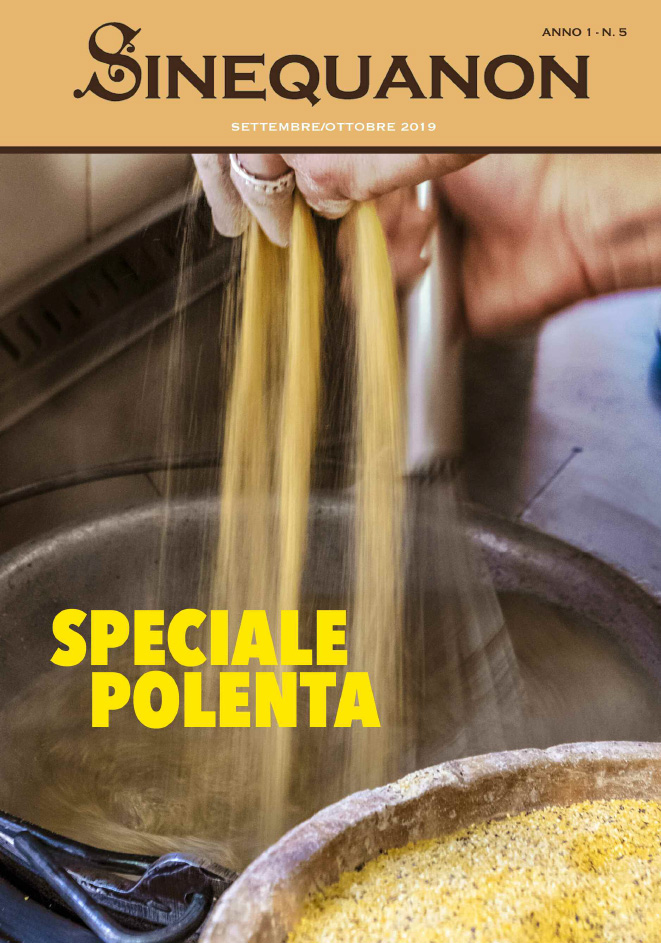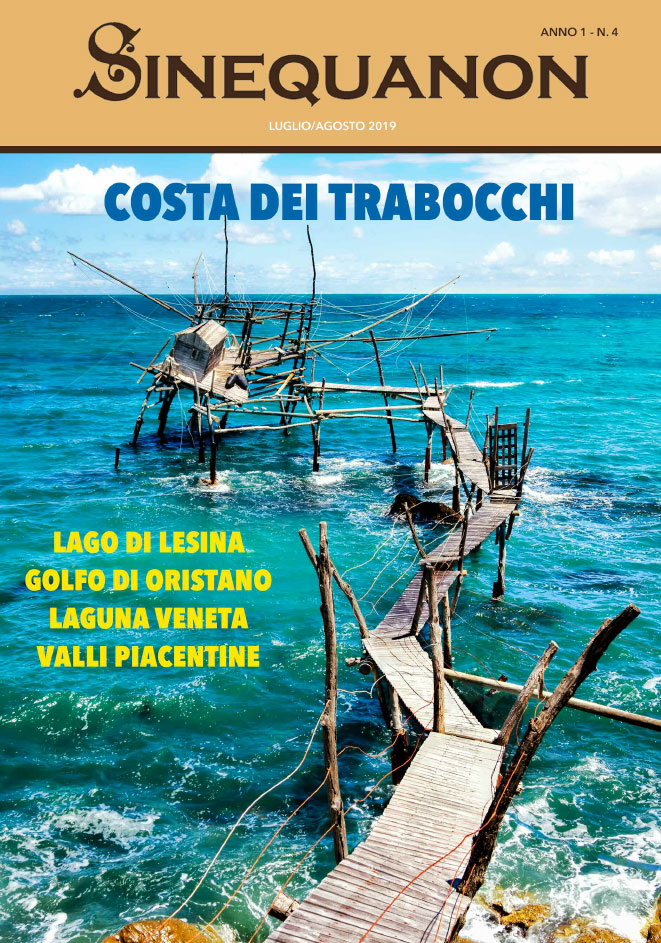Testo e Foto di TERESA CARRUBBA
Once they were armed fortresses. Defence machines. Then, around the end of the 15th century, the rugged and essential, mighty and entrenched contours of these gargantuan French castles, built on the banks of the river Loire, began to fine down with the addition of ornaments, friezes and softer architectonic components. A transformation inspired by Italian influences. Charles III, Louis XII and Francis I were forced to capitulate to the more convincing Italian style which patronised the art of living even in the concept of power. And soon artists of the calibre of Laurana and Spinelli, called by Louis XII who left the Louvre Palace to live in Plesses-lès-Tours, arrived from Italy. While the architect Pacello da Marcoglliano was purloined from the court of Naples to elevate the geometrical lines of Mediterranean greenery into what would become the famous ?French gardens,? of his projects for Blois and Amboise. Even Leonardo da Vinci left his virtuoso touch on many French castles, indeed it is believed that he designed the magnificent double staircase in Chambord.
The Loire castles trace an itinerary of a fairy-tale quality in the mind?s eye. Sumptuous royal palaces with turreted facades, conic or pagoda-shaped domes, dormer windows and skylights, but also elaborately decorated facades and extensive gardens embellished with breath-taking sculptures, fountains and jeux d?eau.
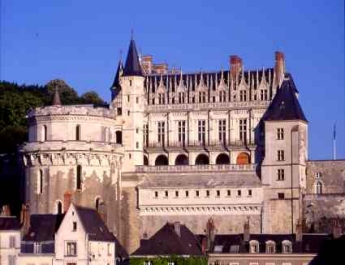
A dream come true. And then, when it becomes clear that it possible to stay in these homes which are the epitome of French charm and taste, in the Relais du Silence properties, then the idea is no longer a dream but reality. ?Relais du Silence?. Not just a name but a promise of tranquillity and intimacy. Truly elegant hotels with an exclusive and unique atmosphere in which to relax and where the highest levels of attention and customer care are provided in the most discreet and stylish of traditions.
Sinequanon took the opportunity to discover this unforgettable itinerary for its readers. We left Paris and headed for the Castle of Chambord. Our breakfast at the La Solognote immediately gave our journey an imprint of quality. A Relais du Silence in Brinon sur Sauldre, on the way to Orleans, La Solognote is a delightful oasis of tranquillity and the ideal choice for a holiday or a weekend. Elegant and reserved, cosy and highly refined. An atmosphere which is the result of the enthusiasm and taste of Andrèe e Dominique Girard, the charming hosts of La Solognote. Andrèe, the chef de la maison, creates menus which are a happy blend of elegant traditions bordering on nouvel cuisine, using select products rich in flavours which recall those of the original relais which were once farms. The excellent restaurant and the charming rooms make this Relais du Silence an interesting starting point for excursions into the nearby Solognote Forest and for visiting the castles of the Loire. Which is why we are here.
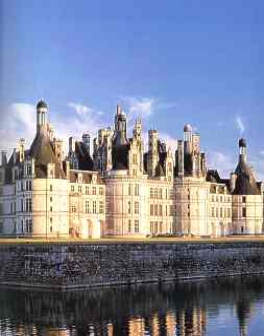
Chambord is considered one of the most representative French Renaissance castles. It was built by Francis I as his country residence and hunting reserve. Here there are many traces of Leonardo da Vinci who Francis called to France. In particular in the splendid terraces and central staircase which divides into two concentric stairways. The sumptuous profile of the castle soars up to elaborate roofs with garrets, towers, Italian-style superstructures, pavilions, colonnaded chimneys and slate inlays. Although unfurnished the castle has a splendid interior with the apartments of Francis I and Louis XIV and the 18th-century stairs which were adapted to the tastes of the day.
The Relais du Silence Le Rivage on the Loiret river is an ideal place to spend the night. And it is along this river, after an elegant dinner in the dining room with its picture windows, that the languid atmosphere prompts a leisurely walk in the perfect silence of this select residential area.
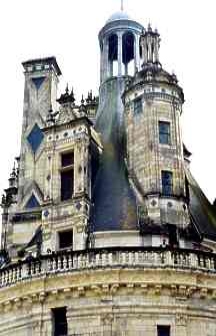
The Castle of Cheverny has a particular style which differs from our crenellated Medieval manor houses. This splendid royal palace has a symmetrical keep, pagoda-shaped domes and resplendent busts in the niches on the façade which add a classical touch to the decidedly Renaissance architectonic imprint. The castle has enjoyed the rare privilege of having always belonged to the same family and, as a result, it has maintained a rare unity in the style of its furnishings which triumph in the magnificent and intact Louis XIII decorations. The Trophy Room is particularly striking with its more than two thousand deer antlers, a reminder of the hunting traditions which are still alive today as the family which still owns Cheverny often organises hunting and game parties.
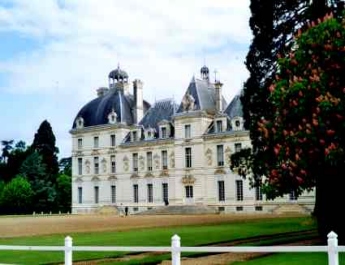
Another castle, the Beaulie in Joué-lès-Tours, purchased in 1648 by the king?s counsellor Jacques de Bussy and which later belonged to the Count of Rochefort and the Baron Margaron, is now a prestigious Relais du Silence. Traces of nobility are to be found everywhere in this manor house which is on the list of heritage monuments: in the architectonic flights of the suites, in the prestigious draped curtains, in the lighting and in the faultless habillé table. Thanks to the skills of Loraine and Jean-Pierre Lozay the courteous and welcoming hosts. The mouth-watering gourmandises created in the kitchen are the brainchild of maitre cuisinier Jean-Pierre who also keeps a well-stocked wine cellar of superlative French wines.
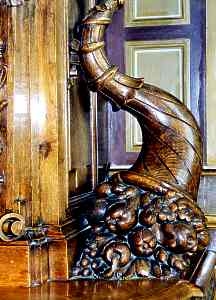
The Castle of Chenonceau, which is entirely surrounded by water, is truly like something out of a fairytale. Chenonceau. With its extraordinary profile, nucleus of a complex of rare beauty: the palace, the geometry of Catherine de? Medici magnificent gardens, the placid river Cher, the dense woods which enfold the complex. Owned in the 16th century by Bohier, inspector of taxes for Normandy, the castle was then expropriated by Francis I who, following the tastes of the day, turned it into a residence for hunting, parties and intellectual encounters. A tradition which was maintained by the wealthy financier Claude Dupin who purchased the castle in the 18th century turning Chenonceau into a celebrated bourgeois rendezvous frequented by such luminaries as Montesquieu and Jean-Jacques Rousseau who wrote thus about the castle: ?There was much amusement in that beautiful place and the food was good; I became as fat as a monk.?

Now we come to the Castle of La Tortiniere, a beautiful Relais du Silence owned by Xavier Olivereau who succeeded Pierre Monthule as international president of the prestigious hotel chain. Here instead of aristocratic patrons the names in the guest book include Georges Pompidou and Chirac. Suite number 12, a suggestive circular room in the tower of the castle overlooks the valley and the swimming pool. But the rooms with the dormer windows are just as intriguing, tucked away under the slate roofs and the spires and affording guests memorable views.
The restaurant is a temple of refinement. The service impeccable. The waiter discreetly notes the orders on a table plan indicating the position of each guest, an instance of typical French meticulousness.
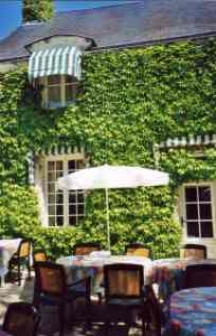
And then the last invitation to beauty: the gardens of the Castle of Villandry. The art of creating gardens which dates back to Italian Renaissance days and was a harmonising accessory to the architecture of the period. Later this art was adopted by the French and transformed into the larger French gardens which had no surrounding walls. Villandry?s gardens are splendid and emblematic of this style, a series of grandiose terraces which dazzle and captivate the eye.
The final temptation: lunch in the Relais du Silence La Caillere, the oldest wing of which dates back to before the French Revolution and the rest of which was built in 1850 as an inn. Today it is a charming Relais du Silence. And there can be no doubt as to why it is to be found in the most prestigious guidebooks from the Michelin to the Gault et Millau and from the Bottin Gourmand to the Touring Club to mention but a few. The fresh paté de foie gras is superlative. As are the other delicacies on the menu. And what better way to end a memorable meal than with a coffee accompanied by tempting glacé fruits served in the intimate garden.

